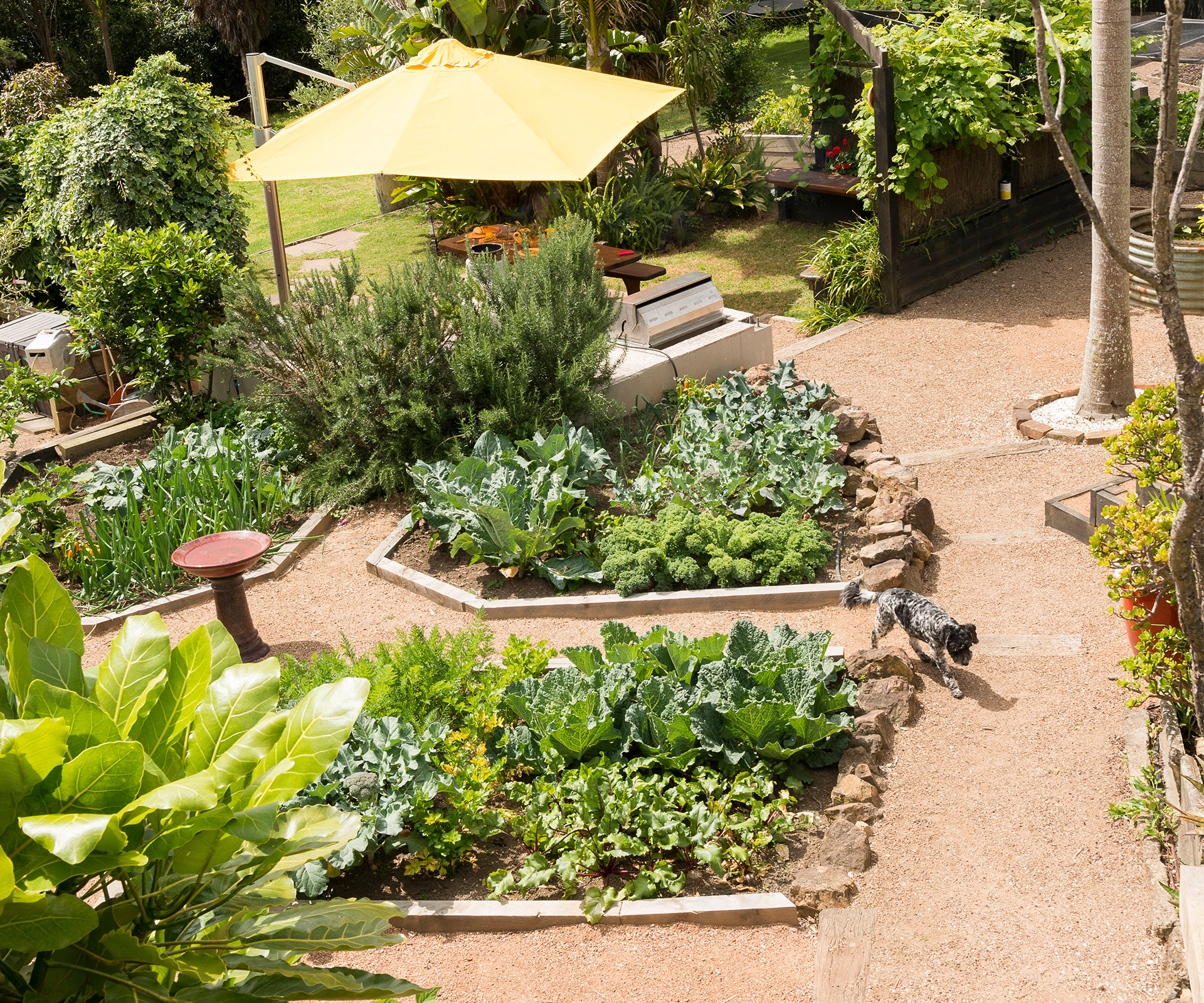It’s time to harvest your beetroot, sow some bok choy and plant your strawberries. These are your garden tasks for May
What to harvest:
When harvesting beetroots, don’t throw away the leaves, which are great in salads and stir-fries. I often leave a few beetroots in the ground after harvest for a good supply of highly nutritious leaves. The roots, of course, are delicious roasted, pickled or grated fresh into salads.
Similarly don’t dig up cabbage, Brussels sprouts and broccoli stalks immediately after picking the main crop as sometimes they’ll sprout baby brassicas. Make sure broccoli heads are tightly closed when harvesting. If you wait until they open and produce flowers, they won’t taste as good.
Pip fruit such as apples and pears should be finishing their cropping season now, along with almonds, walnuts, macadamias and other nuts. Leave a few apples on the tree for the birds during the colder months or cut in half and skewer on a nail near the kitchen window so you can watch them feed.
Dig up yams for roasting, soups and stews. Leave tubers in the sun for a day or two to increase sweetness and reduce bitterness.
Related to the sunflower, Jerusalem artichokes are rich in potassium, iron and a variety of other nutrients. When tops have wilted, cut plants down to about 30cm and lift tubers by hand in autumn and midwinter. Use them instead of potatoes in soups, or roasted, pan-fried, puréed or simply boiled. Unlike spuds, they contain no starch so are very low in calories, making them ideal for dieters and diabetics.
Harvest celery by cutting off a few outside stalks at a time but don’t leave plants too long as stalks will eventually turn woody and become tasteless. should be finishing their cropping season now, along with almonds, walnuts, macadamias and other nuts. Leave a few apples on the tree for the birds during the colder months or cut in half and skewer on a nail near the kitchen window so you can watch them feed.
Tip Planting chives around lettuce and other leafy greens can help
deter white butterfly caterpillars from munching your crops.

What to sow:
There’s no need to stop making salads during the winter months. Many lettuce varieties are cold-tolerant and there are plenty of other leafy plants you can grow in winter, such as orach (aka red mountain spinach), mizuna, rocket, red mustard and kale. Nutritious kale isn’t fussy about soil and tolerates salt-laden winds, but tastes best when well watered.
Bok choy is an excellent winter green. It can be a magnet for aphids in summer but less so in the cooler months. Choose a sunny spot with fertile, well-drained soil and sow a few seeds every 3-4 weeks for continuous harvesting. Feeding weekly with a liquid fertiliser will improve growth rate and quality.
Broad beans might not yield a huge crop for the space they take up, but they’re an easy-care winter vege and taste superb in risottos, stir-fries, salads, mashes and even dips. Sow seed directly into well-drained, compost-enriched soil with plenty of sun. A good support system and shelter from the wind are ideal as these plants get quite tall. Sow seed around 5cm deep and 20cm apart.
Mustard plants are great to have in the garden for both culinary and medicinal purposes, with seed, flowers and leaves all harvested. You can also sow mustard as a cover crop if you don’t tend to grow veges during the colder months. A cover crop protects the soil and is then dug back in during spring, adding valuable humus.

What to plant:
Plant strawberries now for delicious fruit in spring. Dig in well-rotted compost, chicken manure, sheep pellets, seaweed or any other organic matter so the soil is rich and fertile. Mulch at least 1m around plants so as fruit develops it sits on the mulch, not the soil.
Now is a good time to plant lemon and other citrus trees, ideally in a sunny spot sheltered from cold winds. Soil should be well drained and fertile. Add compost and other organic matter at least 3 weeks before planting so the delicate young roots are not burnt. Water well and mulch around drip line of trees. Feed in late winter or early spring with citrus fertiliser.
Leeks (and onions) are much easier to grow from seedlings than seeds, and winter leeks have a sweeter flavour than those grown in the warmer months. Practise good crop rotation by planting in a spot where you’ve grown brassicas such as cabbage or broccoli previously. Full sun is best although leeks will tolerate a little shade and they don’t mind wind. Soil should have well-rotted compost or manure dug into it a few weeks before planting plus some general fertiliser. If soil is acidic, add a little lime also. Avoid boggy soil.
In colder districts, plant garlic now but wait until midwinter in warmer areas.
For a tasty, healthy snack for school lunches, try snow peas. Easy to grow from seedlings or seed, they are the perfect crop for little ones who want to try their hands at gardening.
Words by: Carol Bucknell.
EXPERT PROJECTS

Create the home of your dreams with Shop Your Home and Garden
SHOP NOW












